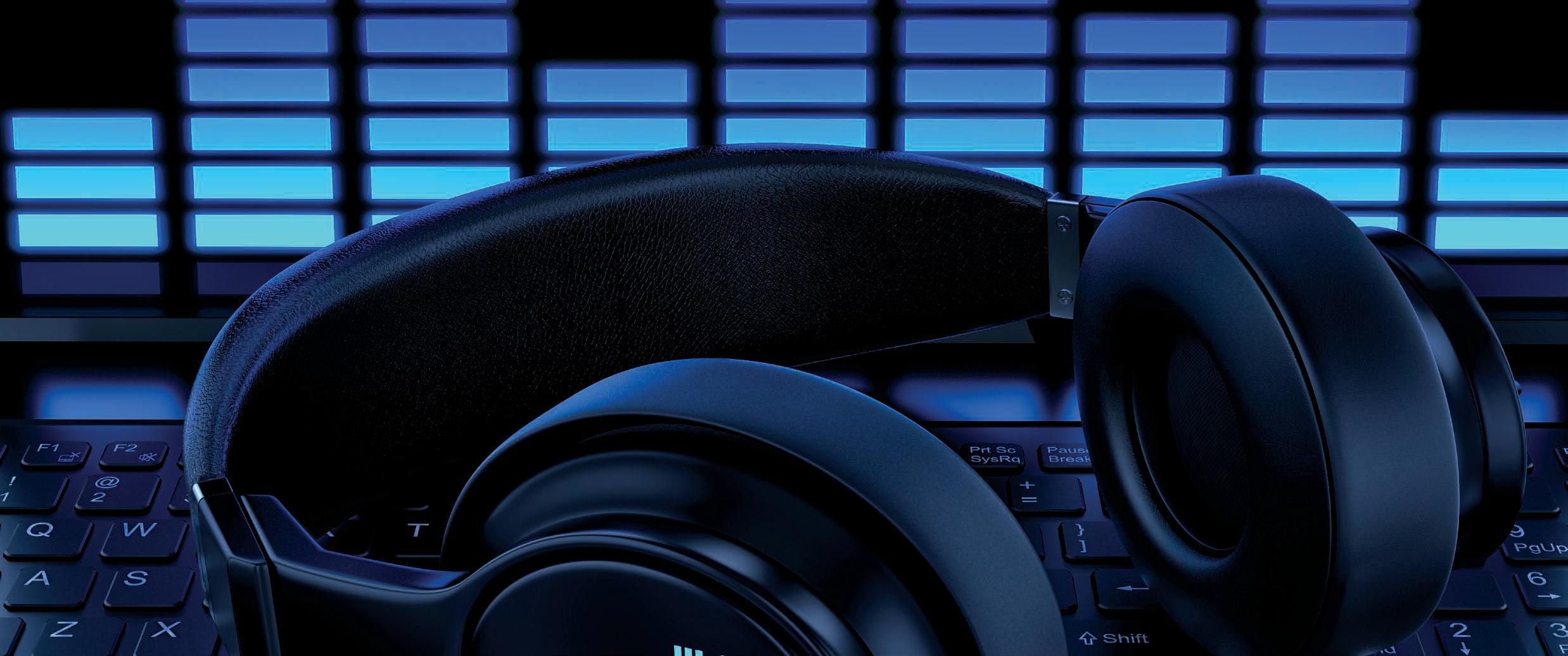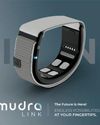Introducing Bluetooth LE Audio

Bluetooth Low Energy (LE) Audio introduces a revolutionary set of specifications, following the Bluetooth Core 5.2 release, that redefine audio applications through isochronous channels and a new audio middleware. In this two-part series, Nick provides an overview of the new specifications and discusses new ways to experience and share sound.
This comprehensive framework supports bidirectional audio, broadcast capabilities for shared listening experiences, and utilizes the high-efficiency LC3 codec to enhance audio quality for various applications, including personal and public broadcasting. Here, we continue our overview of the new Bluetooth LE Audio specifications, including Broadcast Isochronous Streams (BISes).
BROADCAST ISOCHRONOUS STREAMS
BISes look much like Connected Isochronous Streams (CISes), but with one exception—there are no acknowledgments. Broadcast audio is a one-way process, where a Broadcast Transmitter (also defined as an Initiator) transmits with no knowledge of whether anything is present to receive its transmissions. It may be received by one device, or by a hundred. In a recent demonstration in the Alice Tully concert hall in New York's Lincoln Center, a single transmitter covered an auditorium of more than 1,000 people.
Although the basic structure of a BIS is similar to a CIS, there are a few subtle differences. Each Broadcast Transmitter is configured for a set number of retransmissions, which are unconditionally sent, as there are no acknowledgments to indicate that they have been received. Accepters can stop listening for them as soon as they have received a valid packet, putting their radio to sleep until the next Isochronous Interval.
This story is from the March 2025 edition of Circuit Cellar.
Start your 7-day Magzter GOLD free trial to access thousands of curated premium stories, and 9,000+ magazines and newspapers.
Already a subscriber ? Sign In
This story is from the March 2025 edition of Circuit Cellar.
Start your 7-day Magzter GOLD free trial to access thousands of curated premium stories, and 9,000+ magazines and newspapers.
Already a subscriber? Sign In

HSYCO Unveils New BACnet Server Driver for Enhanced Building Automation
HSYCO, a leading provider of integrated building management solutions, is excited to announce the release of its new BACnet Server driver.

Longsys Launches 7.2mm Subsize eMMC, Breaking the Physical Space Constraints of AI Wearables
In the design of wearable devices, every millimeter matters.

The Future of Voice-Enabled AI Industry Advancements in MEMS Microphones for Voice AI
Acoustic Activity Detection and High Acoustic Overload Point Transform Voice Interaction Advancements in MEMS microphones are enhancing voiceenabled AI technologies across various consumer electronics.

Exploring the RP2350 Security
Raspberry Pi's Novel \"Security through Transparency\" Approach

Learn Lisp Programming Using MCUS
Part 3—Forward Kinematics in µLisp

Pison and STMicroelectronics Announce Timex as Neural Sensor Partner, Ushering a New Era of Neurocognitive Wearables
Pison, the trailblazer in AI-powered neural sensors for neurocognitive health, wellness, and gesture control, announced it has begun licensing its innovative neural sensor to leading smartwatch and wearable brands.

Datasheet: DSPs and DSCs
Smarter Algorithms and Beyond

An Air Quality Monitor with a Blues Satellite Link Module
Brian had no sooner finished the review of Blues' LoRa Notecard when the new Starnote module was introduced. This module allows an IoT device to link to a geosynchronous satellite, for situations in which neither WiFi nor Cellular data links are operational. This article describes a project using the Starnote module.

Create an AI-Driven Smart Home Security System
Part 1- Setup and First Steps of the Raspberry Pi AI Kit

Wearable Devices Announces Availability of its Mudra Link Neural Gesture-Control Wristband
Wearable Devices, Ltd., announced the general availability of its Mudra Link, the first neural wristband for Android, macOS, and Windows devices.
